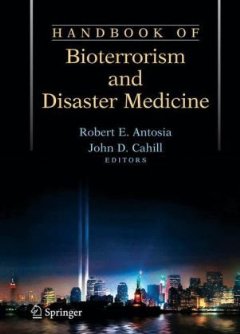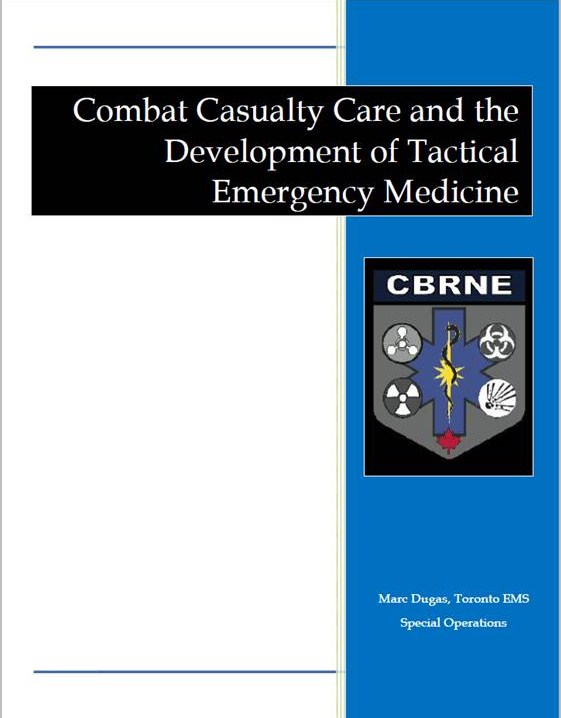
|
Galatas - Mass_Decon_CWA.pdf Size : 845.53 Kb Type : pdf |

|
ETHREAT Manual 2009.pdf Size : 4992.953 Kb Type : pdf |

|
VBIED_0001.wmv Size : 5908.984 Kb Type : wmv |

|
2011 - Extreme Medicine.pdf Size : 217.854 Kb Type : pdf |

|
Hosp_Disast_Readiness.pdf.pdf Size : 7723.997 Kb Type : pdf |

|
emscbrn.pdf.pdf Size : 3615.837 Kb Type : pdf |

|
HOSP_HazardRisk.pdf.pdf Size : 1803.183 Kb Type : pdf |


|
Terrorism&Medicine Program_Israel.pdf Size : 61.548 Kb Type : pdf |

|
2011 - Statelocalplaybook-Nuke_Deton v1.pdf Size : 1863.188 Kb Type : pdf |

|
Radiological Dispersal Device Playbook.pdf Size : 647.681 Kb Type : pdf |

|
2010 - PlanningGuidanceNuclearDetonation.pdf Size : 2689.504 Kb Type : pdf |

|
2011 Eliminating Preventable Death on the Battlefield.pdf Size : 112.729 Kb Type : pdf |

|
Clinical Tx Guide WildFire Med Units.pdf Size : 371.477 Kb Type : pdf |

|
2011 CDC_PH_emerg_responseguide.pdf Size : 210.756 Kb Type : pdf |

|
M Dougas_CCC and Tactical Medicine.pdf Size : 1319.422 Kb Type : pdf |
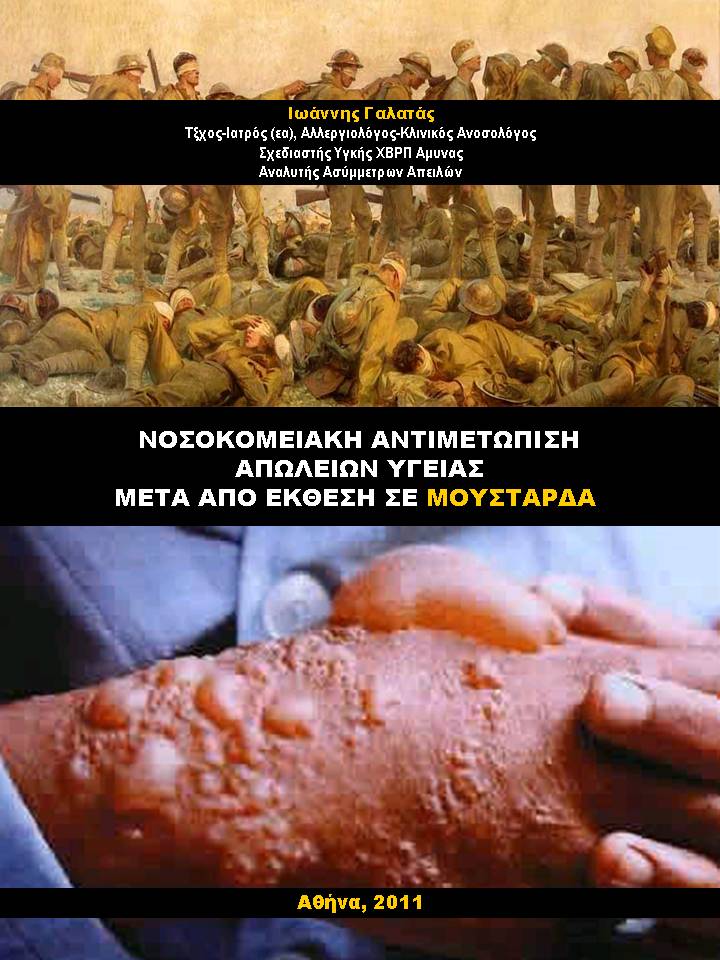
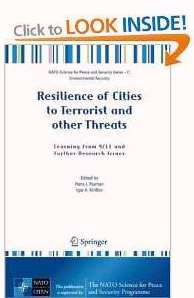
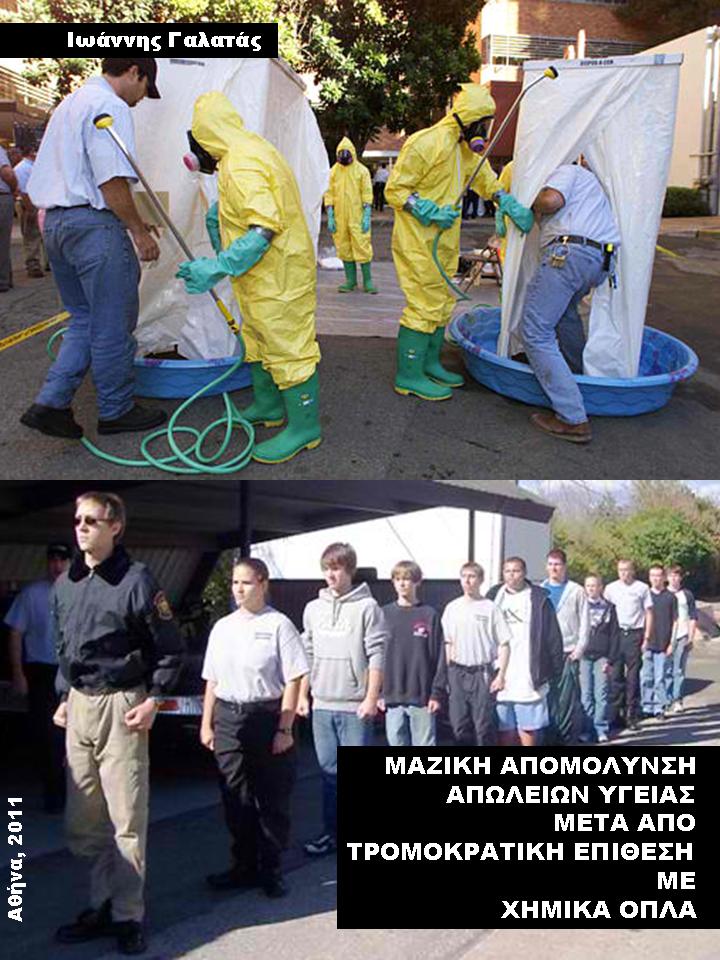 Μαζική Απολύμανση Απωλειών Υγείας μετά από Τρομοκρατική Επίθεση με Χημικά Οπλα
Μαζική Απολύμανση Απωλειών Υγείας μετά από Τρομοκρατική Επίθεση με Χημικά Οπλα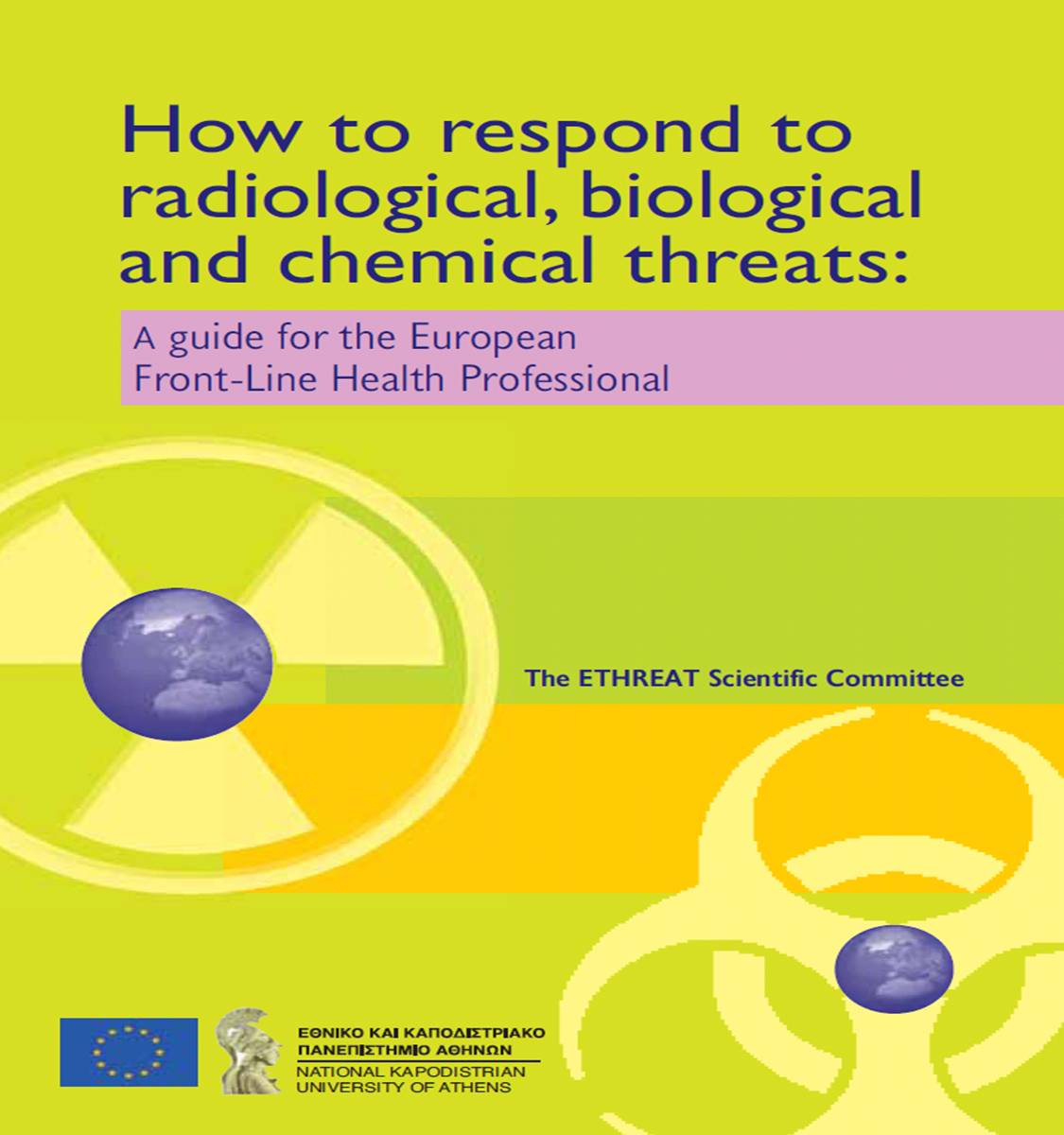

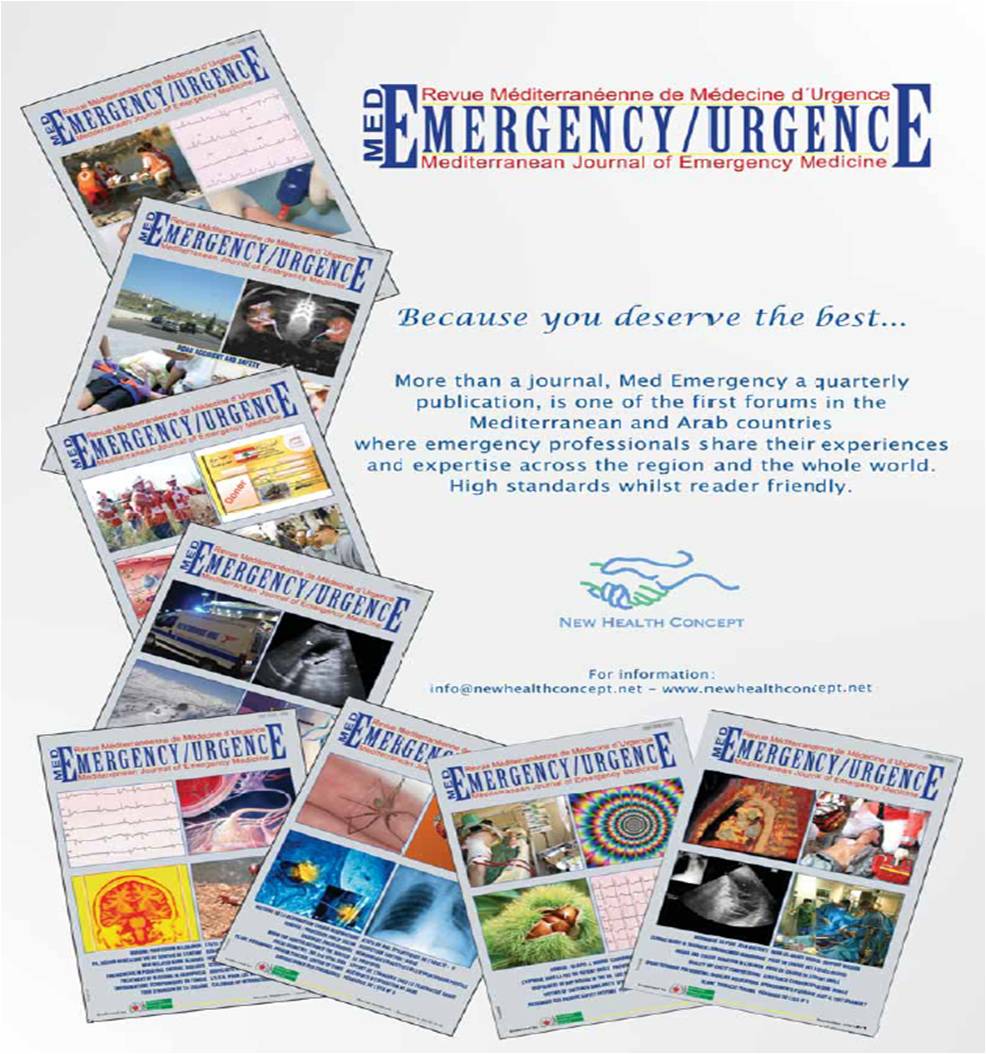 Mediterranean Journal of Emergency Medicine
Mediterranean Journal of Emergency Medicine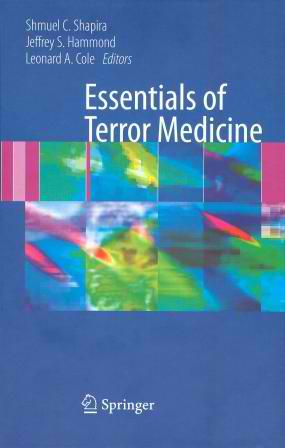
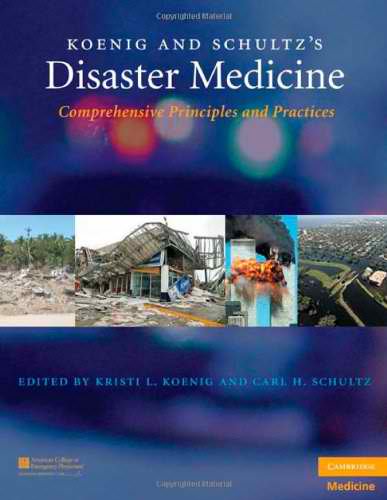
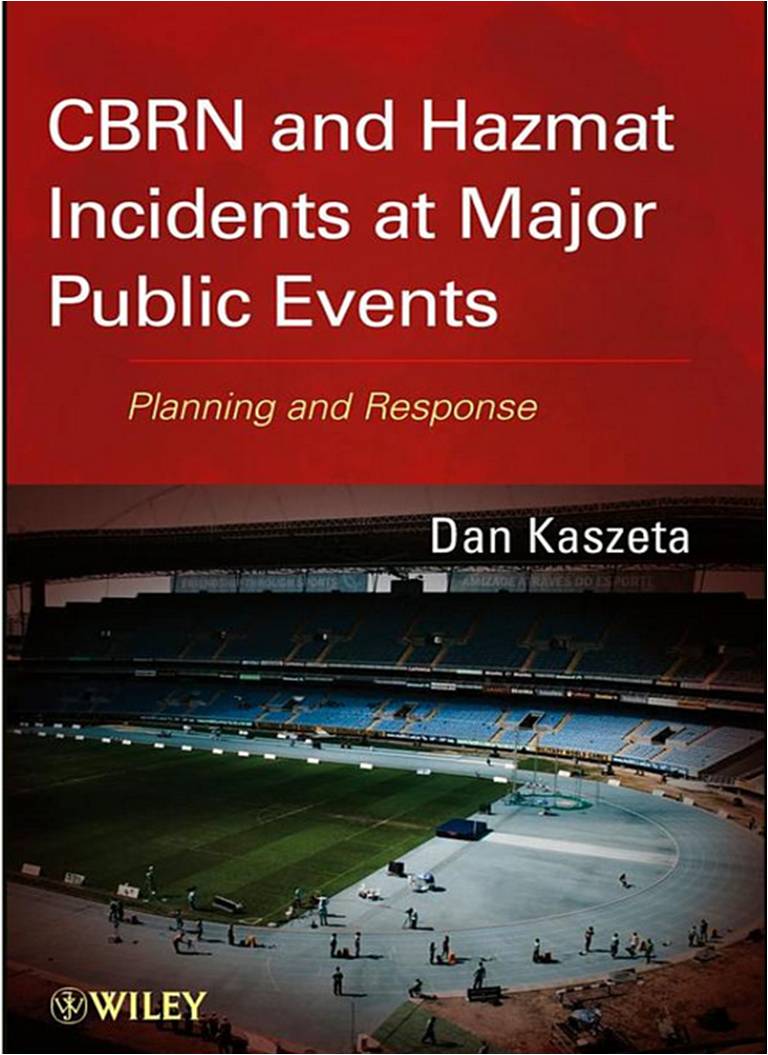

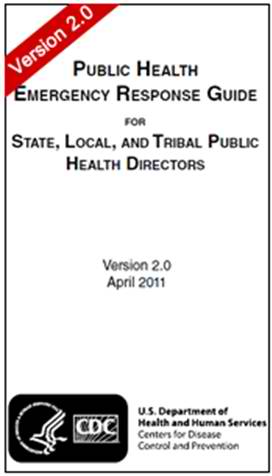
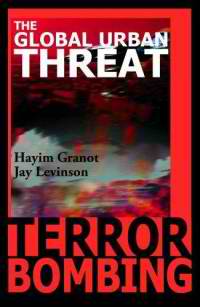
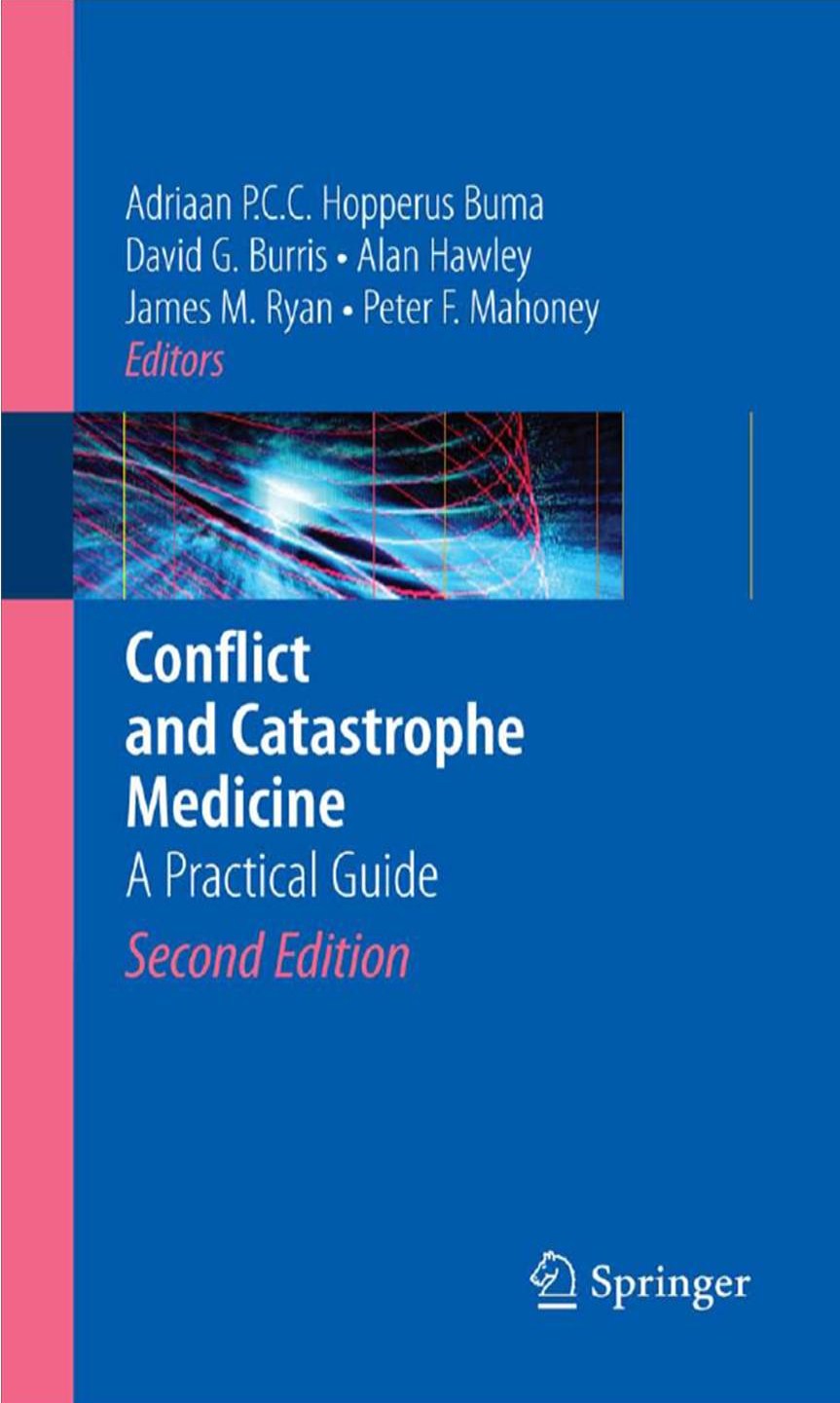 improved valuable resource. The first edition of Conflict and
Catastrophe Medicine was of great value, particularly to those studying for
the Examination for the Diploma in the Medical Care of Catastrophes under the
auspices of the Apothecaries of London. Having worked extensively with all of
the Editors, I have learned considerably from all of them based on their vast
individual and collective experiences as well as the academic and teaching
abilities of all involved. Admiral Hopperus Buma, COL/Professor Burris, General
Hawley, COL (Ret.)/Professor Ryan, and COL/Professor Mahoney representing
perspectives from the Netherlands, the UK, and the USA have had broad civilian
and military experiences at multiple levels in government and in healthcare
delivery throughout the world. These editors/authors have augmented and complimented
their own experiences with specific contributions by other authors who have had
significant recent experiences. The six sections in the Table of Contents
provide a rapid review and help identify specific areas of interest ranging
from a broad spectrum of medical responses to both natural and man-made
disasters, including military conflicts. The topics range from health planning
in action in the Rwanda Crisis and from “Operation Phoenix” with the British
Medical Aid Program in Sarajevo in the Balkans to multiple other topics including
conflict recovery and ethics involved with those who have the misfortune to be
injured or who are deprived of even the basics for human survival. This is a “must
read” for anyone working in the broad field of conflict and catastrophe medicine
to include those in non-government organizations (NGOs), military medical personnel
around the world, and those in government addressing these global challenges. Specifically,
this will be the primary source for review for those being examined for the
Diploma in the Medical Care of Catastrophes. The material is informative and
interesting being well organized. Hopefully, reading this material and teaching
from this book will create an exciting incentive in others to contribute to
those less fortunate around the world as “globalization” becomes more part of
our common existence.
improved valuable resource. The first edition of Conflict and
Catastrophe Medicine was of great value, particularly to those studying for
the Examination for the Diploma in the Medical Care of Catastrophes under the
auspices of the Apothecaries of London. Having worked extensively with all of
the Editors, I have learned considerably from all of them based on their vast
individual and collective experiences as well as the academic and teaching
abilities of all involved. Admiral Hopperus Buma, COL/Professor Burris, General
Hawley, COL (Ret.)/Professor Ryan, and COL/Professor Mahoney representing
perspectives from the Netherlands, the UK, and the USA have had broad civilian
and military experiences at multiple levels in government and in healthcare
delivery throughout the world. These editors/authors have augmented and complimented
their own experiences with specific contributions by other authors who have had
significant recent experiences. The six sections in the Table of Contents
provide a rapid review and help identify specific areas of interest ranging
from a broad spectrum of medical responses to both natural and man-made
disasters, including military conflicts. The topics range from health planning
in action in the Rwanda Crisis and from “Operation Phoenix” with the British
Medical Aid Program in Sarajevo in the Balkans to multiple other topics including
conflict recovery and ethics involved with those who have the misfortune to be
injured or who are deprived of even the basics for human survival. This is a “must
read” for anyone working in the broad field of conflict and catastrophe medicine
to include those in non-government organizations (NGOs), military medical personnel
around the world, and those in government addressing these global challenges. Specifically,
this will be the primary source for review for those being examined for the
Diploma in the Medical Care of Catastrophes. The material is informative and
interesting being well organized. Hopefully, reading this material and teaching
from this book will create an exciting incentive in others to contribute to
those less fortunate around the world as “globalization” becomes more part of
our common existence.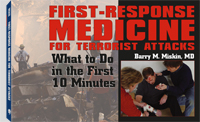
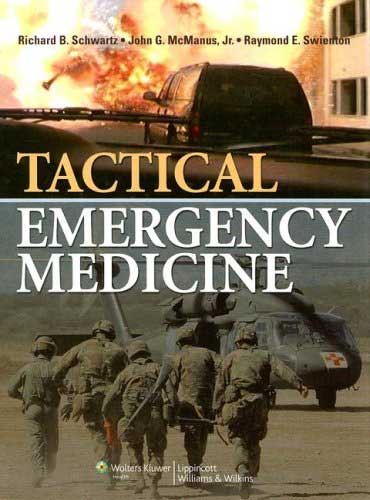 Tactical Emergency Medicine
Tactical Emergency Medicine 